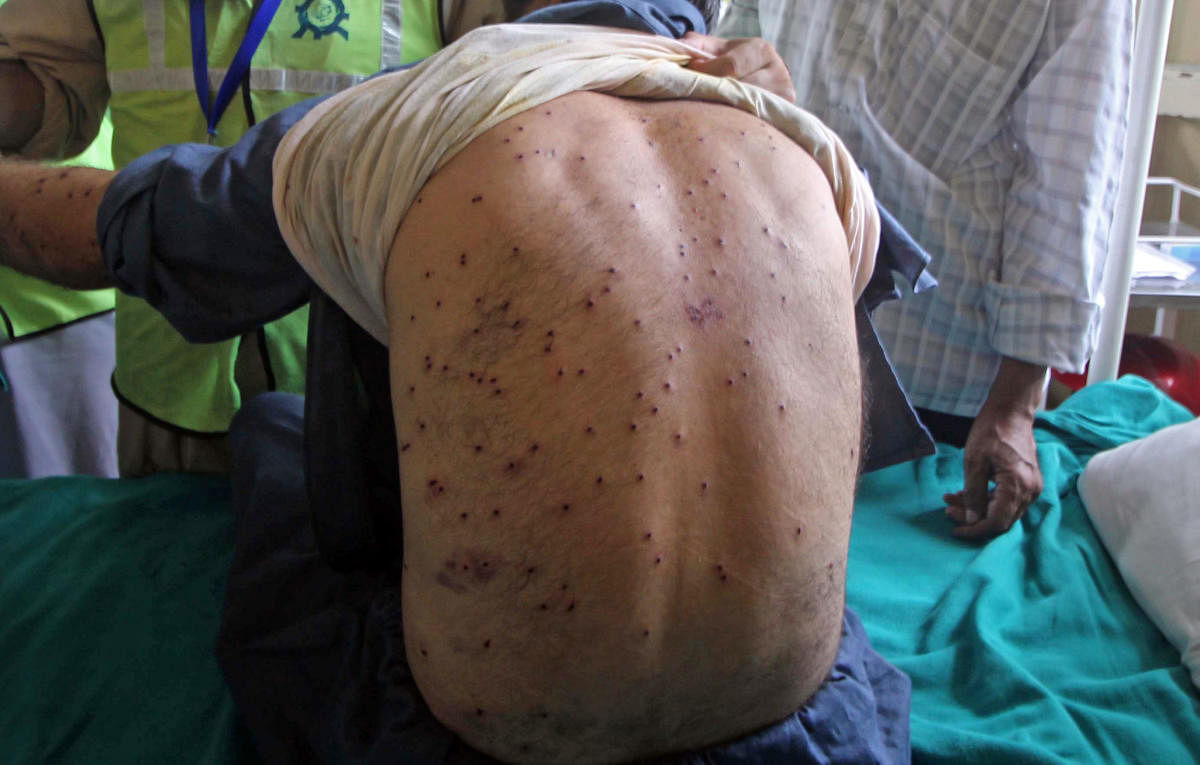Cases of traumatised children and despondent youths are as widespread in Kashmir as the pellets that disperse from the shotguns, maiming and even killing people. Almost every habitation in the state has witnessed the ‘pellet horror’.
Earlier this year, the Government of Jammu & Kashmir said in the state assembly that 6,221 persons have been injured by pellet gun firing in the valley since 2016 out of whom 782 suffered eye injuries, leading to partial or full blindness. However, some independent organisations believe that the number of persons who suffered eye injuries due to the use of pellets is much higher.
The South Kashmir-based Pellet Victims Welfare Trust pegs the number of youths blinded by pellets at 1,230. President of the trust, Mohammad Ashraf, says they are trying to make a difference to the lives of pellet victims through the monetary help extended by the public. “There is no support from the government whatsoever,” he says. Whatever the figure, there is no doubt the number of pellet victims is continuously rising due to the unabated use of shotguns to control protests and stone-pelting mobs. This has given rise to yet another major social and psychological challenge in the strife-torn valley. “Recently, we admitted many youths injured by pellets in our hospital, with some of them having pellets in the eyes. It is a continuing and never-ending problem,” says a doctor at Srinagar’s SMHS hospital.
The previous state government led by Mehbooba Mufti had devised a rehabilitation policy for pellet victims but that seems to have made little impact. “Only 13 persons have been provided government jobs under the scheme. At least 400 of the victims are severely affected and need urgent support but the process seems to have died its own death much before the Mehbooba Mufti government fell,” laments Ashraf.
Incidentally, Ashraf himself is a pellet victim with partial blindness. He lost vision in one eye when pellets hit him near his residence in Rahmoo village of Pulwama district in 2016.
While many ophthalmologists have been roped in to treat pellet victims, there is not much hope. “I went to Amritsar and had three surgeries but my eye did not regain vision at all. It was all a wasted effort,” says 23-year-old Imtiyaz, a victim.
Most of the victims rue having spent large sums of money for treatment, but with little success. Several studies and research conducted on the issue also highlight the irreversible nature of damage to eyesight due to pellets.
According to a study carried out by the doctors of an eye hospital in Amritsar on pellet victims visiting from Kashmir for treatment, the chances of regaining normal vision in an eye injured by pellets are remote. The study is published as a research paper titled ‘Management of Ocular Pellet Injury’ in the Global Journal of Medical Research. Similar were the findings of another study, ‘Pellet Gun Fire Injuries in Kashmir Valley - Cause of Ocular Morbidity’, published in the Journal of Evolution of Medical and Dental Sciences, which has documented how chances of improvement of vision remained poor despite the development of advanced microsurgical techniques. After multiple surgical interventions, the final corrected vision remained “unchanged” in about 35% of victims, researchers found.
(The author is a journalist based in Pulwama, South Kashmir)
Also read: Losing sight to pellet guns in Kashmir
